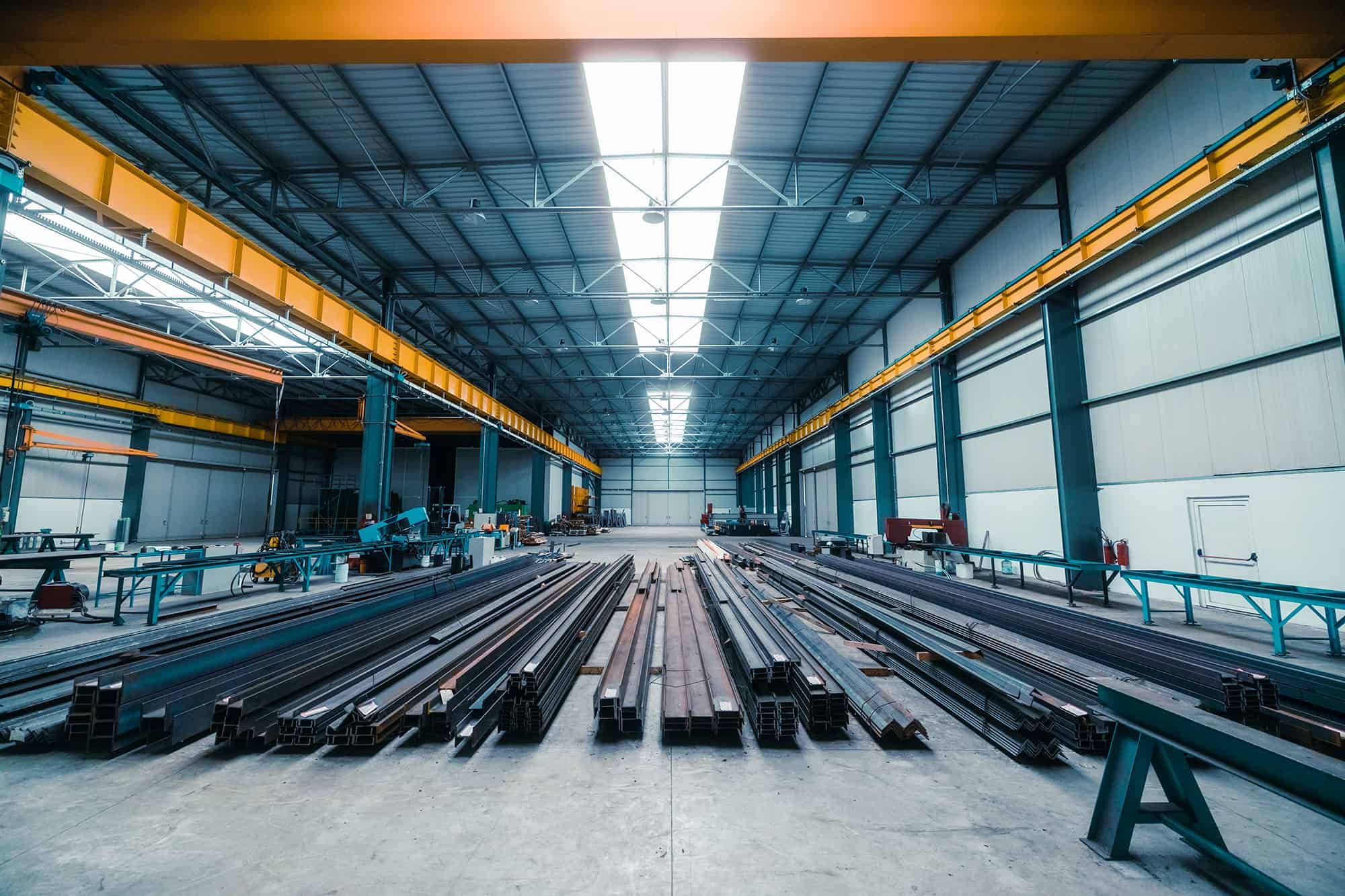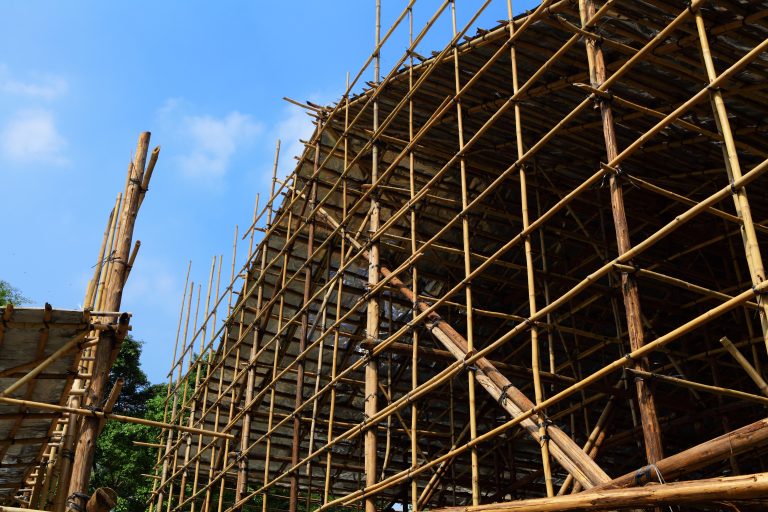In our last building material spotlight, we examined glass. Today, we turn the focus toward metals, which have many applications. In the construction industry, metals are used to manufacture numerous structural elements such as cladding, frames, roofing, and pipes. Continue reading for an overview of how metals and their alloys are processed and why these materials are so important for construction projects.
On a basic chemical level, metals and metal alloys are durable solids that are good conductors of heat and electricity. Though it is possible to create metals in a lab, most pure metals, such as gold and iron, are found in natural deposits on Earth. They are usually buried in rock along with other compounds, and must be extracted with heavy equipment. After extraction, the raw ore is refined, a process that varies depending on the metal but typically involves grinding, filtering, chemical treatment, electrical treatment, and heating. For instance, alloy components can be heated into liquids, mixed, and allowed to cool into a solid; another process involves implanting irons into the surface of a piece of metal, and is preferred for semiconductor manufacturing. Yet another method is to turn the components into powders, and then mix and fuse them using both high temperature and high pressure.
Metal alloys, such as steel, pewter, and cast iron, are a mixture of pure metals and other materials. The end result is superior to pure metals, which tend to be softer, more prone to corrosion, and generally weaker than alloys, even with regard to heat and electrical conduction. Because of this, metal alloys are much more frequently used than metals in their pure form. This is especially true within the construction industry, which requires high-performing, ultra-durable materials for most building components.
First discovered and worked by early humans for ornaments and other simple objects, metals are an ancient building material. However, though the process of refining metals and creating alloys was known, and alloys such as bronze gained some popularity, it was not until the Industrial Revolution that they began to rise to prominence as a foundational construction material. This was a result of the creation of cast iron, one of the first truly durable alloys and suitable for some limited structural roles, such as building columns. By the mid-nineteenth century, steel, an essential alloy made from iron mixed with carbon, was transforming the construction landscape, with steel frames allowing for the construction of taller, stronger buildings, among other major innovations.
Metals, and the alloys we create with them, are among the most versatile and essential materials in use today. From tiny microchips to massive high-rise buildings, it can be found everywhere – and will certainly remain integral to the construction industry for many years to come.
Looking for a team to take the lead on your next project? At Pulse Construction, we’re committed to doing business with an honest, professional, and competitive approach – without compromising safety or schedules. Contact us today for all of your building needs.



